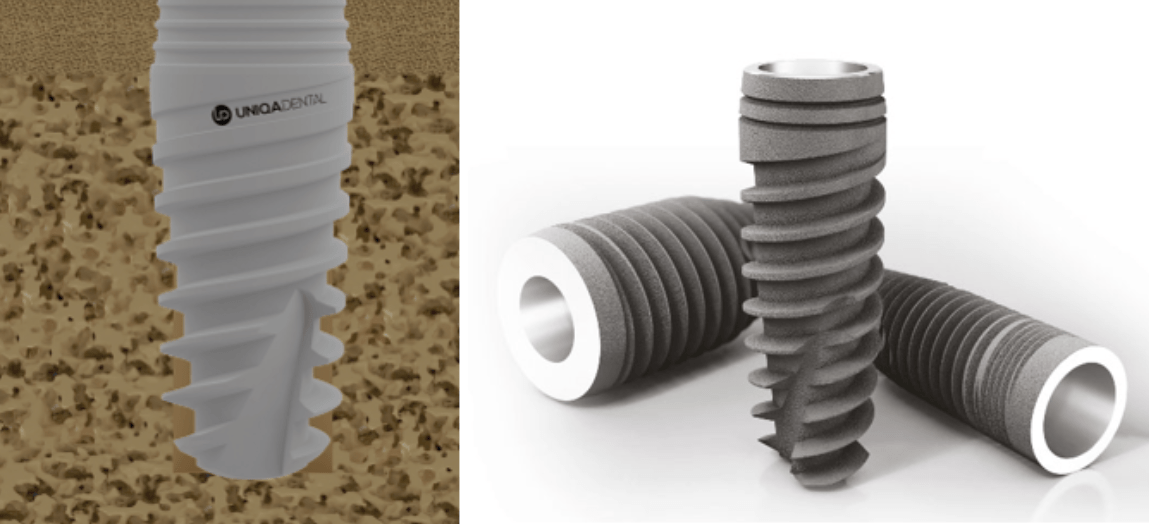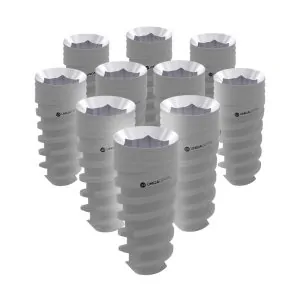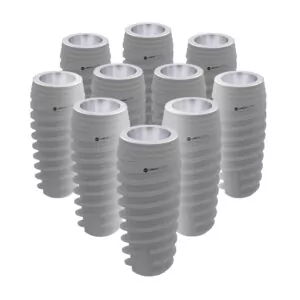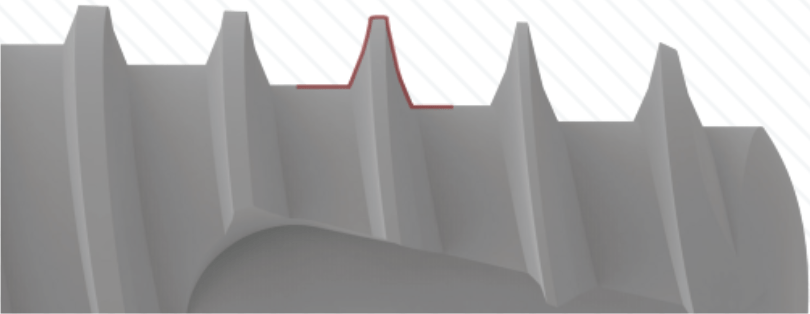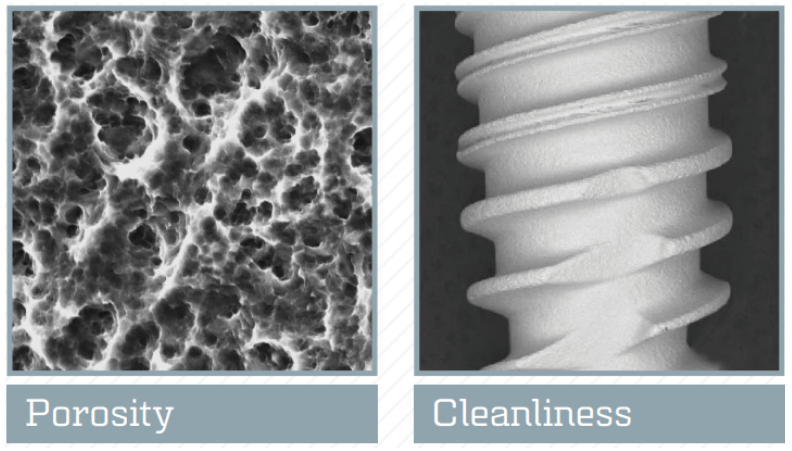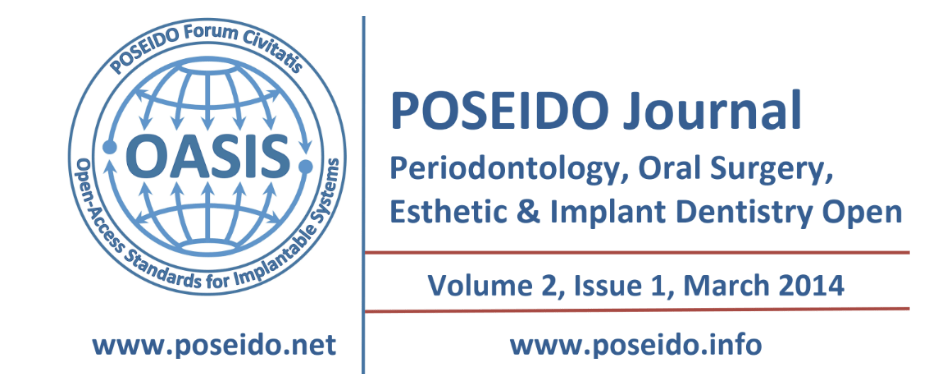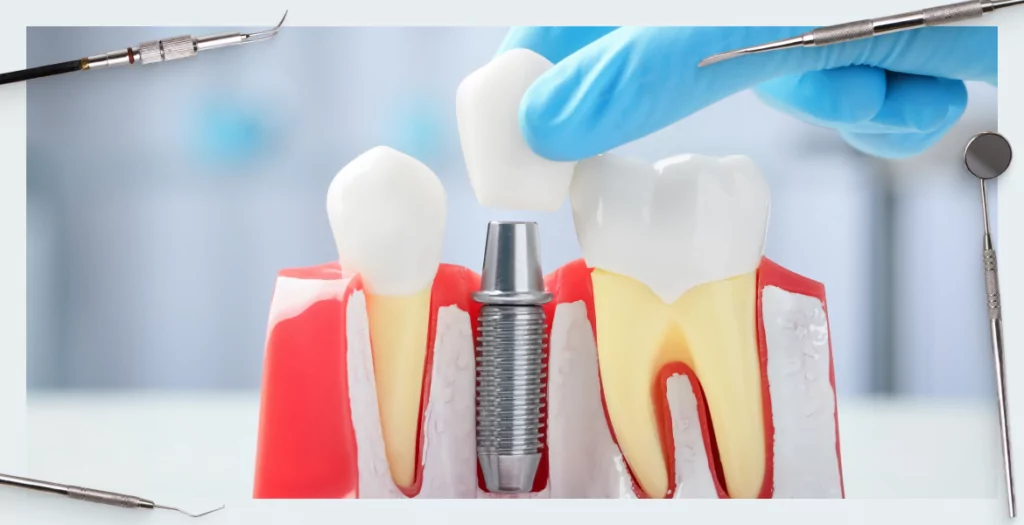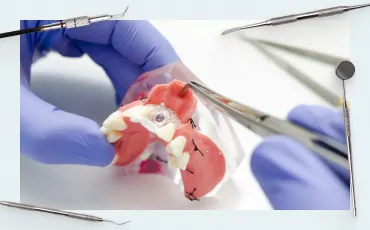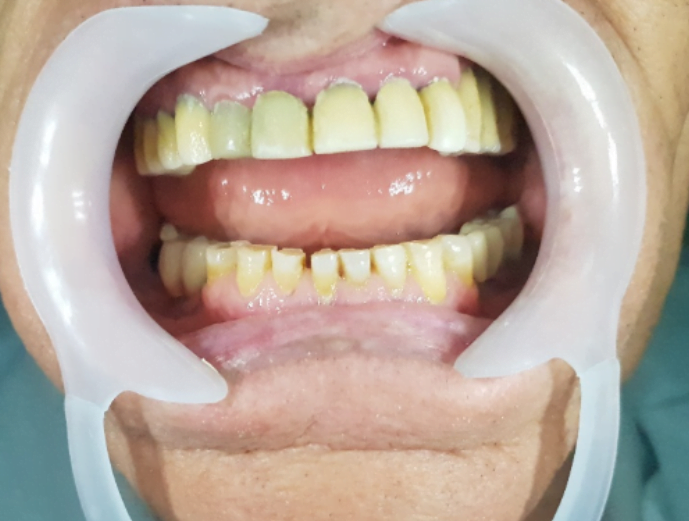Rating of platforms for dental implantation – data for specialists
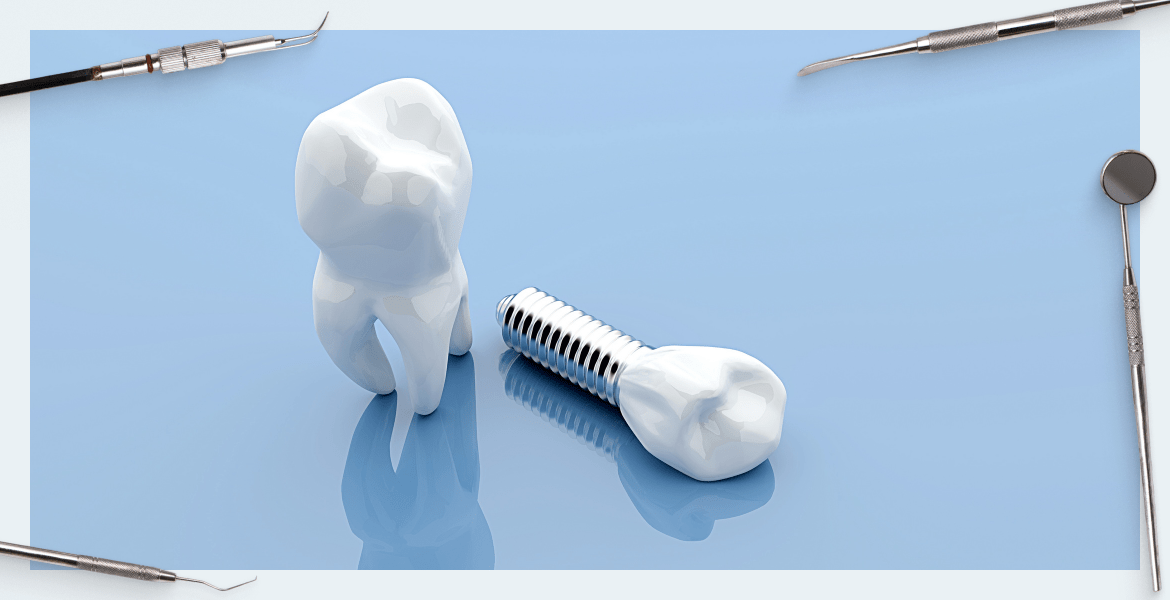
The purpose of this publication is to help understand the criteria for the quality of dental implants. After all, almost every day, salespeople bombard us with emails and phone calls offering something new, unique and unparalleled. It is essential that you understand what is really important and to ask the right questions.
For example, by what method is the surface of the implant processed and what is the content of impurities on the surface? Or what is the interface for attaching the abutment to the implant? This is important to know, because if after 5 years there is a problem, and this supplier has disappeared, then in the case of a standard hex or 22° cone, it is possible to replace the restoration by installing it on a third-party abutment. Therefore, we made a comparison of the products of several brands, among which there are representatives of both the premium segment and the middle class. For comparison, only objective data and characteristics from open sources have been taken.
So, the advantages of UNIQA DENTAL dental implants:
- High manufacturing precision. All parts have minimum tolerances, there are manufacturers who work with the same accuracy, but none does with higher accuracy.
- Abutment connection platform – conical 22°. This is the tightest connection with the least risk of penetration of body fluids through the implant/abutment connection. In addition, abutments and other hex accessories are available that are compatible with implants from other brands.
- Grade 23 titanium alloy was chosen for its combination of superior strength and improved ductility. This is important for thin parts such as clinical screws or thin-walled implants with a diameter of 3.3-3.75 mm.
- The geometry of the implant is a conical shape with a double thread of a variable profile. The thread profile is more aggressive at the bottom and smoother in the middle, and fades away near the coronal part.
- The porosity and surface finish are among the best in the world. For good integration with the bone, the surface of titanium should be rough, that is, it should consist of tubercles and depressions. Proprietary Pure & Porous TM technology allows you to get some of the best performance in terms of both relief and surface finish. The proprietary technology combines the advantages of both classic sandblasting followed by SLA etching, and more gentle RBM technology in which biocompatible calcium phosphates are used as an abrasive.
Indicators of carbon and pure titanium content on the contact surface of UNIQA DENTAL are shown in the table below.
| Substance | UNIQA DENTAL | Av Market per Poseido 2014 Report |
| Titan | 22.50 | 16.80 |
| Carbon | 16.50 | 20.53 |
The second column shows for comparison the average data among 62 samples that underwent a large-scale study. The results were published in Poseido Journal. Data is taken from this publication.
6. Full orthopedic profile. This implies a variety of platforms for simple and complex clinical cases. UNIQA DENTAL has options for almost every possible clinical situation.
7. The price of UNIQA DENTAL implants is on average $78, which is significantly lower than that of products of similar quality, which are sold at an average of $120-140 in the same size and with comparable parameters.
But there are also some disadvantages:
- There are no extremely thin implants Ø less than 3mm, which are used in the aesthetic zone, when the bone of the alveolar process is in short supply.
- There are no extremely short implants with a length of 6 mm.
Brand No. 2 – middle-class implants, which were chosen based on the ratio of reasonable price and good quality. Let’s start with the advantages:
- Patented technology for creating microscopic grooves on the top of the implant. This markedly improves soft tissue integration. Collagen fibers fuse well with the surface treated in this way.
- Material: one of the most durable Grade 5 titanium alloys is used, which allows making thin-walled structures and thin clinical screws.
- Implants and accessories are produced both for a standard hexagon and for a more progressive cone connection.
- Patented buttress thread form, which creates pressure on the surrounding bone and provides good primary stability.
Let’s move on to the disadvantages:
- The thread form has a constant pitch and angle along the entire length. This is normal, but the double threaded and variable profile options show better results. Especially in terms of tightness and protection against penetration into the healing zone of biological fluids containing pathogenic microflora.
- Long-term osseointegration: although it is within the normal range, it is better to give more time from 3 to 6 months, depending on the type of bone and the individual characteristics of the patient. This is due to the presence of impurities on the surface and the degree of porosity of the surface itself.
- The content of pure titanium in the surface layer is less than 20% (16.3). And the more titanium, the better. Pure titanium is one of the most biocompatible materials on the planet.
Brand #3 is another value for money leader and here are the key benefits:
- Patented thread form with variable profile, which enables good primary stability to be obtained even with loose bone type.
- High precision manufacturing components. Tolerances in the dimensions of the parts almost completely exclude micro-movement of the implant/abutment connection.
- Proprietary surface treatment technology creates irregularities on the surface, which
- contributes to reliable osseointegration.
The tapered abutment insertion interface not only reduces the risk of bodily fluids penetrating the connection, but allows two implants to be placed very close to each other. - Good orthopedic bag. There are implants that are suitable for most clinical cases in terms of length and diameter.
The disadvantages of this brand include:
- Problems with impurities on the surface. The carbon content on the surface is more than 25%, and this worsens the prognosis of osseointegration.
- The low content of pure titanium on the contact surface is only 10.3%. Namely, titanium should be in contact with osteoblasts. Impurities slow down and complicate the process of osseointegration.
- Almost all implants have the same shape, which makes it impossible to choose an option for complex clinical cases. You have to choose a set of parts for dental implantation from another manufacturer.
- The warranty for components is up to 5 years, while the implants themselves have a lifetime warranty. Other brands do not have such a big difference.
Brand No. 4 – products belong to the premium class and here are its strengths:
- High precision manufacturing of components, and as a result, the almost complete absence of micromotion.
- Surface treatment, patented SLA technology that not only changes the surface geometry, but also makes it hydrophilic and the osseointegration process can be completed in 6-8 weeks. While the average is 8-12 weeks.
- The material used is an alloy of pure titanium Grade 4 with zirconium Zr-15%. It is superior in strength to all other options. This allows you to make very thin parts, for example, thin-walled implants of small diameters.
- The complete orthopedic portfolio is one of the best in the industry. There are options for all clinical cases.
- In addition to hydrophilicity and porosity, the surface of the implant is clean – the content of impurities, in particular carbon, is less than 20%.
- The conical interface of the implant/abutment connection is one of the most reliable today. Plus, there is a modification of implants where the implant / abutment connection is at the gum level, and not at the bone level. The farther biological fluids with pathogenic microflora are from the sterile environment of bone and soft tissues, the better.
The disadvantages include:
- High price. Not always justified by the quality. There is an overpayment for the brand.
- The implant placement protocol differs from the standard one. The specialist needs time to undergo training and adaptation.
Brand No. 5 – belongs to the premium class, let’s start with the advantages:
- High precision manufacturing of all components.
- Patented surface treatment, allows you to get a microporous surface. This speeds up the fusion process with the bone and the secondary stability of the implant.
- Geometry and thread design. There are several designs – single and double thread.
- Reliable fixation of the abutment in the implant with a conical connection.
- Grade 4 material is commercially pure titanium, which is the most biologically compatible with bone tissue. The integration process is faster than Grade 5 implants, where the alloy contains vanadium and aluminum. Although Grade 4 is inferior in terms of tensile strength, but is more than enough for most cases.
But there are also disadvantages:
- The surface carbon content exceeds 20% (21.8) and this can cause problems during the healing phase.
- The content of titanium in the surface layer does not reach 20%
- High price. Yes, the quality and high rates of successful integrations are also on top. But the cost exceeds the actual quality criteria.
The table clearly shows the key characteristics and differences. You can be sure that UNIQA DENTAL products take the first place in terms of the combination of price and quality.
| Characteristic | UNIQA DENTAL | Brand No. 2 | Brand No. 3 | Brand No. 4 | Brand No. 5 |
| Production material | Grade 23 | Grade 5 | Grade 4 | Grade 4 + Zr | Grade 4 |
| Titanium content in the surface layer % | 22.5 | < 1 7 | <11 | > 22 | < 1 5 |
| Surface carbon content | 16.5 | > 1 7 | > 25
|
> 18 | > 21
|
| Survival, % | 98.6 | 97.3 | 98 | 99.6 | 99 |
| Surface technology | Pure&Porous ™ | (RBM) enhanced | Proprietary (SLA) | SLA with additional processing | SLA modified |
| Surface geometry | Variable from aggressive to smooth | The same profile of the turns along the entire length | Variable from aggressive to smooth | Different in different series excellent stability indicators | Variable from aggressive to smooth
|
| Price | Available at -$78* Premium Quality | Available $ 118 | Above average – $ 146 | High – $240 | High -$274 |
*- for comparison, the cost of implants with a length of about 12 mm, a diameter of 3.75-4.2 mm was taken (the approximate size is determined by the difference in the size range of different manufacturers)

